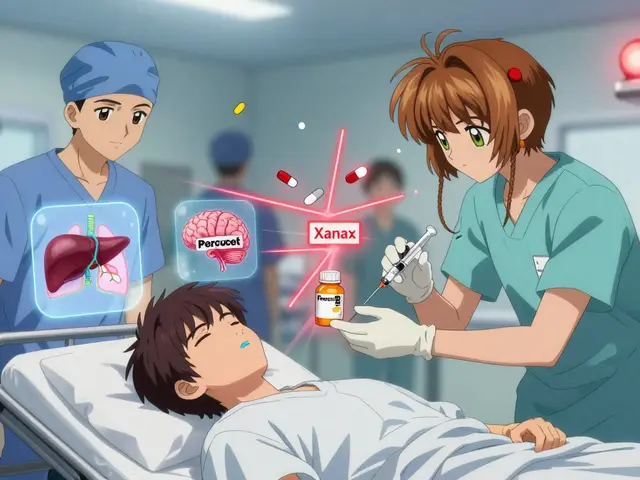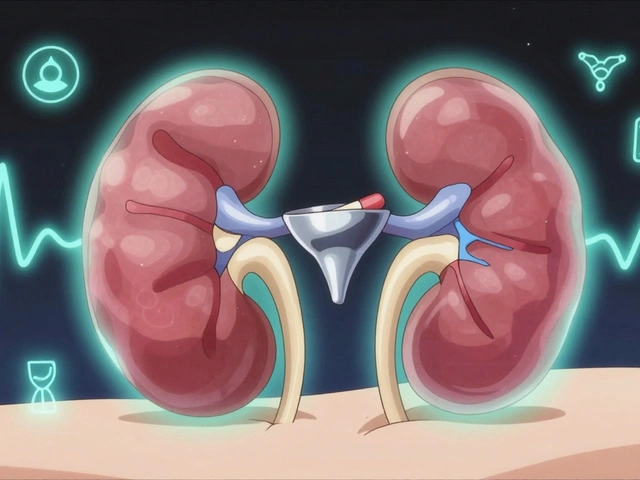Pipeline molecules: How to follow drug candidates and what to watch for
Seeing a headline about a promising pipeline molecule can be exciting — but it’s easy to get lost between hopeful press releases and real clinical evidence. This page helps you track new drug candidates, spot meaningful milestones, and avoid hype. You’ll get simple steps to evaluate early results, where to find reliable data, and practical warnings about buying or using drugs before they’re proven.
Start by checking the clinical trial phase. Phase 1 focuses on safety in small groups; phase 2 looks at effectiveness and dosing; phase 3 tests larger populations and confirms benefit. A molecule in phase 1 has a long road ahead; a positive phase 3 result matters a lot. Also look for independent data — peer-reviewed papers or trial summaries — not just company statements.
Quick checklist to evaluate a pipeline molecule
Look for these signals: trial size and design, measurable endpoints, independent oversight, and safety profile details. A randomized, controlled trial with clear endpoints beats a small open-label study. Watch for meaningful outcomes like reduced hospitalizations or clear symptom improvement, not just laboratory markers unless they link to clinical benefit.
Safety is key. New molecules can cause unexpected side effects. Read trial safety tables and find reports on liver, heart, or immune effects. For example, some cancer drugs need close liver monitoring — articles on our site explain how Nilotinib can affect liver tests. If a drug requires special monitoring, that’s relevant for patients and doctors.
How to stay updated and stay safe
Use trustworthy sources: clinicaltrials.gov, FDA or EMA updates, peer-reviewed journals, and patient advocacy groups. Sign up for trial alerts or follow regulatory press releases. Our site collects practical stories and reviews — like pieces on Semaglutide (Rybelsus), biologic therapies, and cost alternatives — that put pipeline news in context for patients.
Be cautious about buying drugs in development. Experimental molecules sold online may be counterfeit, unsafe, or illegal. If you’re tempted by early access programs or overseas pharmacies, talk to your doctor first and confirm the source’s legitimacy. Remember: a promising molecule doesn’t equal a ready treatment.
If you’re tracking a condition, prioritize proven options and ask your clinician about clinical trial participation when appropriate. Trials can offer access to cutting-edge treatments under medical supervision and with safety monitoring.
Want quick reads? Browse our related posts tagged “pipeline molecules” for practical explanations, safety guides, and updates on specific drugs. If a headline grabs you, come here first — we’ll help you separate meaningful progress from marketing spin and give straight answers so you can talk to your doctor with confidence.
Practical actions: when you read a press release, check sample size, endpoints, adverse events, and whether results are peer-reviewed. Ask your doctor: how does this compare to current treatments? What monitoring is needed? If considering a trial, ask about costs, travel, and who pays for complications. Keep a simple note of dates and sources so you can track follow-up reports. Small steps prevent big mistakes. Start informed today.
Next-Generation SV2A Drugs: The Future Beyond Levetiracetam
Dig into what the future looks like for SV2A-targeting antiepileptic drugs. Get a clear look at the pipeline of new molecules and how they might change the game for people with epilepsy. From how these new drugs could improve side effects to why researchers are excited, this article breaks down the science in plain English. If you've lived with levetiracetam, or are just curious about what's on the horizon, this read’s for you. Discover why the next wave of SV2A drugs could make a big difference in epilepsy care.






